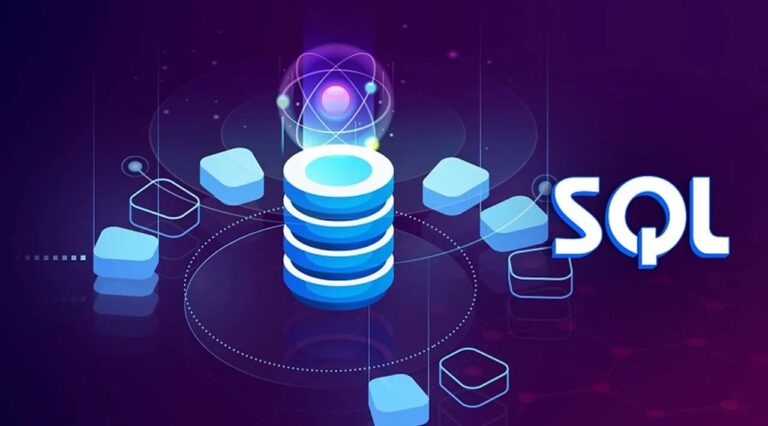Cloud ComputingCloud Computing: Revolutionizing the Digital WorldCloud Computing
Introduction
In today’s digital era, businesses and individuals generate massive amounts of data daily. Storing, processing, and accessing this data efficiently requires robust solutions—this is where cloud computing comes in.
Cloud computing has transformed the way we store files, run applications, and access computing power. From startups to tech giants, organizations worldwide are adopting cloud solutions to enhance productivity, reduce costs, and scale operations effortlessly.
In this blog, we’ll explore what cloud computing is, its benefits, types, and how it’s shaping the future of technology.
1. What is Cloud Computing?
Cloud computing refers to the delivery of computing services over the internet, including:
- Storage (e.g., Google Drive, Dropbox)
- Servers (e.g., Amazon Web Services, Microsoft Azure)
- Databases (e.g., Firebase, MySQL in the cloud)
- Software (e.g., Google Docs, Microsoft Office 365)
Instead of relying on physical hardware, users can access on-demand computing resources from anywhere, anytime, without investing in expensive infrastructure.
2. Types of Cloud Computing
Cloud computing services are categorized into three main models:
🔹 Infrastructure as a Service (IaaS)
Provides virtualized computing resources over the internet.
✅ Examples: AWS EC2, Google Compute Engine, Microsoft Azure VMs.
🔹 Platform as a Service (PaaS)
Offers a framework for developers to build and deploy applications without managing underlying infrastructure.
✅ Examples: Google App Engine, AWS Elastic Beanstalk, Microsoft Azure App Services.
🔹 Software as a Service (SaaS)
Delivers software applications over the internet, eliminating the need for installations.
✅ Examples: Google Workspace, Zoom, Salesforce, Netflix.
3. Benefits of Cloud Computing
✅ Cost Efficiency – No need to buy and maintain physical servers. Pay only for what you use.
✅ Scalability – Easily scale resources up or down based on demand.
✅ Accessibility – Access files and applications from anywhere in the world.
✅ Security & Reliability – Cloud providers offer robust security measures and backup solutions.
✅ Automatic Updates – Cloud services are regularly updated, ensuring security and performance improvements.
4. Cloud Computing in Everyday Life
Cloud computing is deeply integrated into our daily activities, often without us realizing it:
📌 Streaming Services – Platforms like Netflix, YouTube, and Spotify rely on cloud computing to deliver content seamlessly.
📌 Online Storage & Collaboration – Google Drive, Dropbox, and OneDrive allow users to store and share files effortlessly.
📌 Smart Assistants – AI-powered assistants like Siri, Alexa, and Google Assistant process user commands using cloud-based AI models.
5. The Future of Cloud Computing
As technology evolves, cloud computing is expected to become even more powerful and integrated. Key trends include:
🚀 Edge Computing – Processing data closer to users for lower latency.
🚀 AI & Cloud Integration – Cloud platforms will enhance AI-powered applications.
🚀 Hybrid & Multi-Cloud Solutions – Businesses will use multiple cloud providers for flexibility.
🚀 Stronger Security & Compliance – Enhanced encryption and privacy regulations for data protection.
Conclusion
Cloud computing has transformed how we interact with technology, offering unmatched flexibility, efficiency, and security. Whether you’re a business owner, developer, or everyday user, embracing the cloud can lead to enhanced productivity and innovation.
💡 Are you already using cloud services? Which cloud platform do you prefer? Let’s discuss in the comments!


